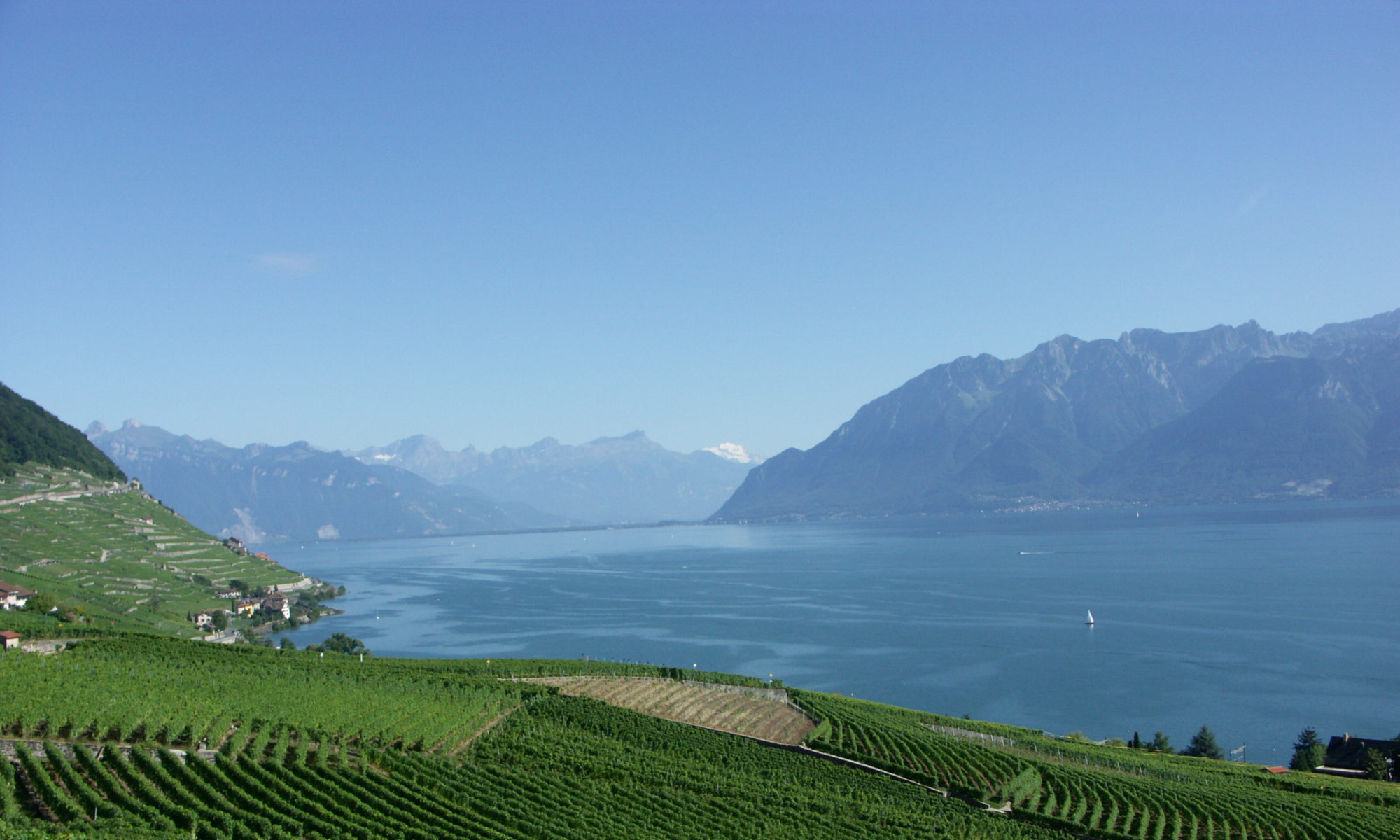What do you think is needed to:
a) Ensure production and dissemination of flood warnings that reach all people in your country? What do you expect from WMO in this regard?
b) Drought-proof your country? What do you expect from WMO in this regard?
c) Be informed enough to manage water wisely for food, energy, health, and the biosphere? What do you expect from WMO in this regard?
To reply to this question use the “Leave a reply” box/field at the bottom of this page.


Para todas las cuestiones anteriores, sería de utilidad, entre otros, en contar tanto con formación actualizada como con recomendaciones sobre metodologías de medidas de caudal y nivel, integración de las medidas satelitales y su correspondiente validación en campo, además de protocolos de intercambio de información, comparativas de modelos hidrológicos, junto con su pericia, y la incertidumbre asociadas a los mismos, comparativa y selección de indicadores de sequía o métodos de establecimiento de niveles de aviso en el caso de inundaciones, etc.. Todo esto contribuiría a tener mejores herramientas a integrar en la toma de decisiones. La actualización periódica de las recomendaciones de la OMM en esta materia es importante para afrontar los retos que se han recogido en las respuestas a la pregunta número 1. Por otro lado, el potencial de la OMM y , en particular de la sección dedicada a la hidrología, para fomentar la cooperación y servir de foro compartir conocimientos entre los servicios hidrológicos de los diferentes países, así como entre los servicios hidrológicos y meteorológicos, podría favorecer la mejora de dichos servicios.
For all the questions (4 a, b, c), it would be very useful to count on updated training programs as well as recommendations on methodologies of measurement of levels and flows. Considering also satellite measurements and their validation, comparison of hydrological models (skill and uncertainty), droughts indicators selections, etc… All the abovementioned could contribute to improve decision making. Updating the information on a regular basis is important to deal with the challenges mentioned in question number 1. On the other hand, the potential of WMO ( particularly the hydrology section) to promote cooperation and being a forum for knowledge sharing, not only among the NHS but also among the Hydrological and Meteorological services, could promote the improvement of the services provided by the hydrological community.
A) Y B)
Every year, we experience problems of extreme events, related to floods and droughts, experiencing strong impacts that alert the normal and daily life of the population and the productive activities of the country.
Another major problem is the mechanisms of communication, dissemination and sociability of scientific technical products, how to make it arrive in a timely and understandable way to the population and decision makers.
How to insert in the daily tasks of the population and decision makers, the need to know the hydro-meteorological warnings as a basic tool to decide future actions in the productive, social, recreational issues.
Regarding the assessment of the actions and activities carried out by the hydrometeorological services, in the need to integrate a more direct way in the national task, understanding that said action is transversal to all processes of local, regional and national development.
C)
When the process of the integrated management of water resources took place, in many countries it was not understood that it was IWRM, in the case of Peru, 10 years have passed since its inception and we still have a hard time really understanding what is an integrated management ? Who are the participants? Why do we talk about Social Participation? Are the National Hydrological Services part of the IWRM? Do the hydrological services only participate in disaster risk management? Each one of these questions needs to be answered and that is where the WMO, through its different collaborators, can promote in a collegial way, the conceptual and theoretical frameworks that are required to promote a homogeneous and articulated walk in the regions.
b). En las zonas de montaña, existe poca información prospectiva respecto a efectos e impactos del cambio climático en los recursos hídricos. La OMM podría apoyar la generación de información y elaboración de instrumentos de gestión como: planes de gestión de riesgos por sequías o por disminución de los recursos hídricos.
c). Apoyo a la implementación y funcionamiento de Sistemas de Información Ambiental, con énfasis en recursos hídricos.
(a)
• Base de données hydrologiques
• Modélisation hydrologique, relative à la gestion des crues exceptionnelles et des inondations.
Par ailleurs, la production et la diffusion d’avertissements d’inondation se font à travers les cotes d’alertes d’inondations fixées au niveau des agglomérations urbaines.
(b)
Pays vulnérable à la sècheresse, épisodes cycliques entrecoupés par quelques épisodes humides.
Ce qu’on entend de l’OMM :
• Modélisation hydrologique, spécifique à la sécheresse.
• Renforcement de capacité
(c)
• Appui du SHN à la collecte, traitement des données ;
• Equipements appropriés ;
• Moyens techniques et financiers ;
• Formation et renforcement de capacité.
a) In mountain regions of Argentina, where flash flooding is produced, different agencies deal with the making and distribution of the warnings. WMO could provide guidance to help these agencies to improve their forecasts.
b) Due to the deficiency of information, our knowledge of the relationship between the hydrologic cycle in the Argentinian Andes Centrales and its teleconnections with regional or global climate is limited. Therefore, it is difficult to have accurate drought predictions for the region. WMO could help the local water agencies providing seasonal forecasts fitted to our specific hydrological needs.
c) Hydrological and meteorological data are in different databases and not always free. I think the information should be accessible for all users, free and concentrated in one database. WMO could encourage and help to fulfill this practice.